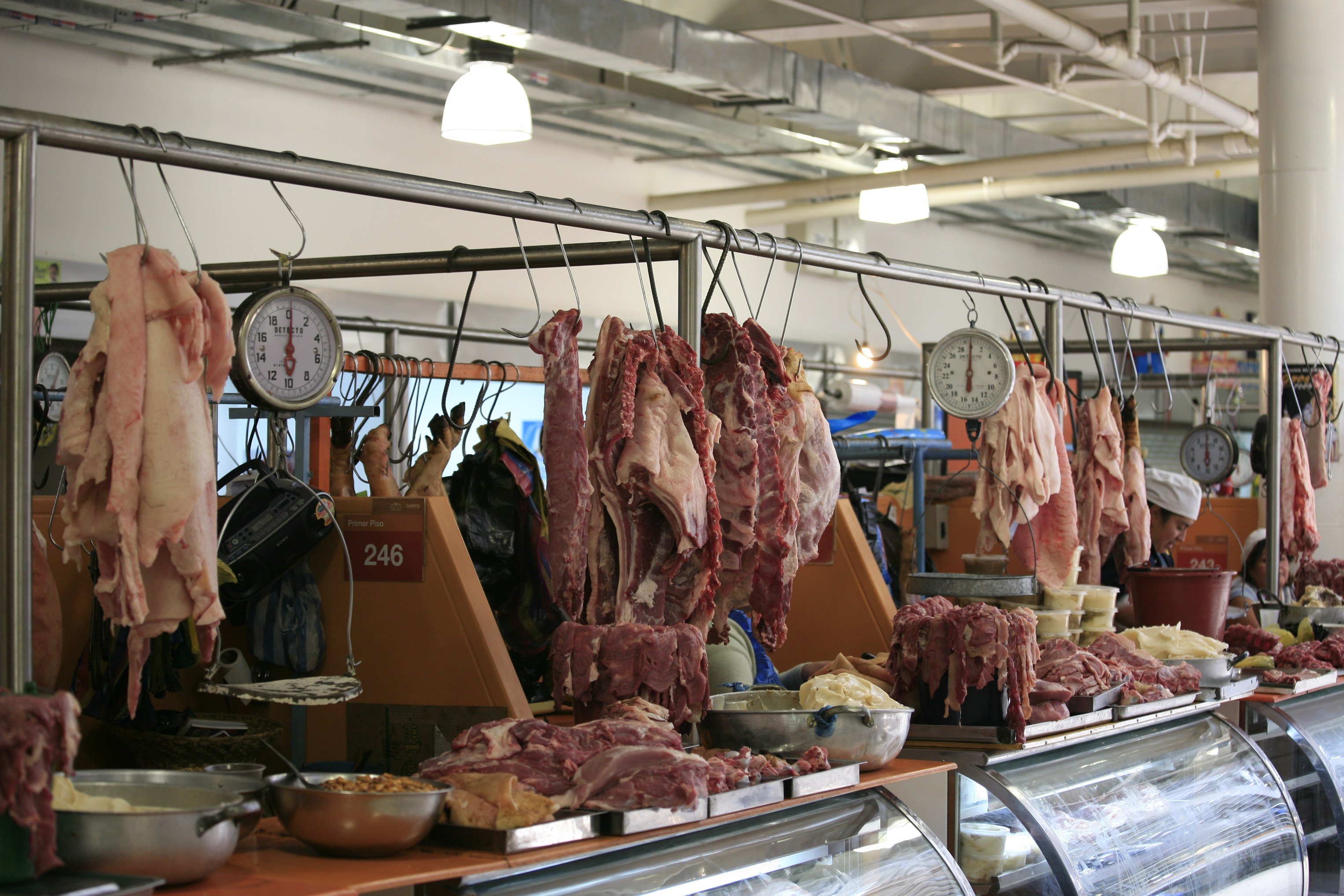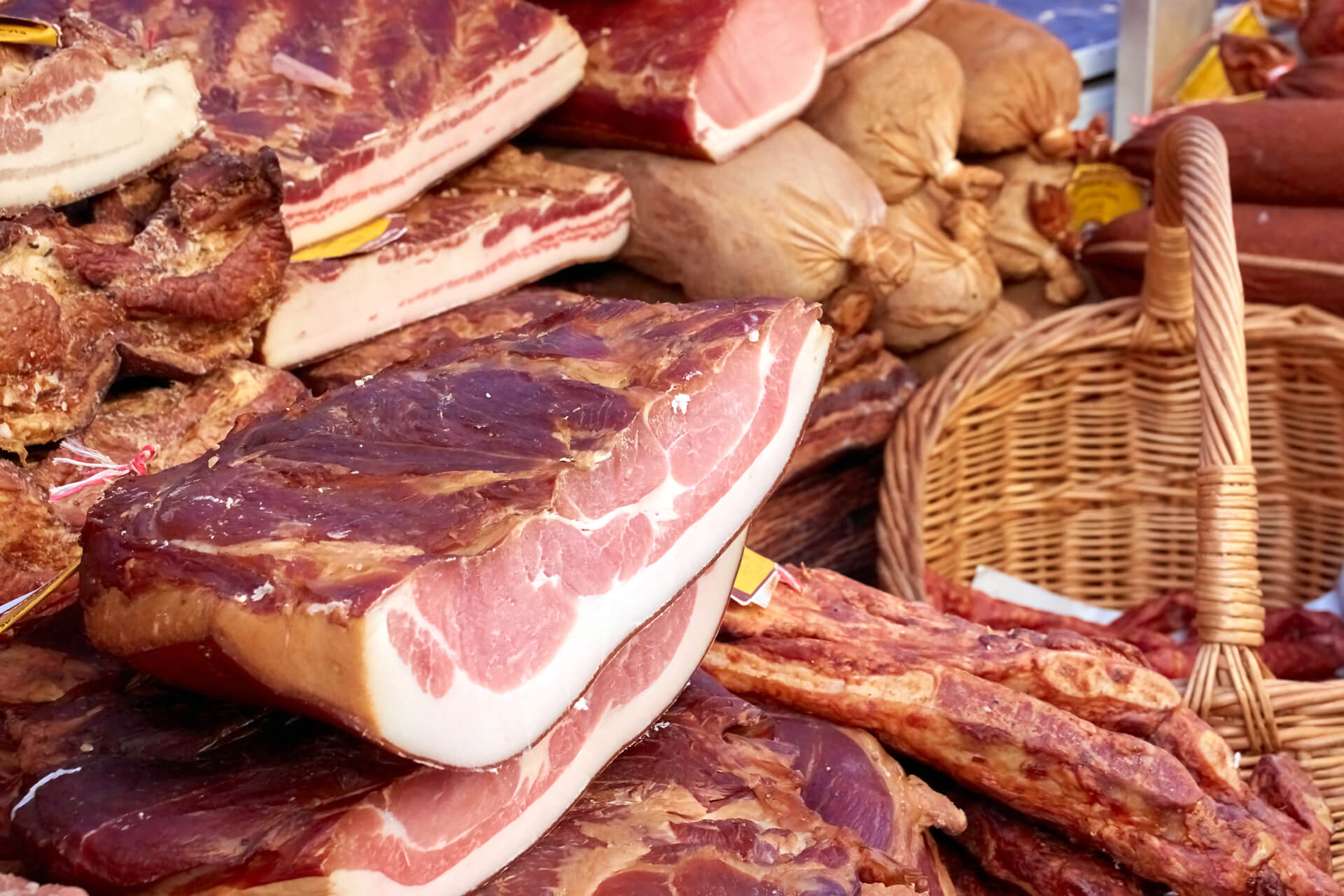Discover Fresh Cuts at Bagley Farms Meat Market Edwardsville IL for Your Following BBQ
Discover Fresh Cuts at Bagley Farms Meat Market Edwardsville IL for Your Following BBQ
Blog Article
Discover the Art of the Butcher's Cut in a Modern Meat Market
In the ever-evolving landscape of contemporary meat markets, the butcher's cut has transcended its standard roots, combining age-old workmanship with modern practices. What truly establishes the contemporary butcher apart is their capacity to create a much deeper link between consumers and the origins of their meat.
Evolution of Butchery Strategies

The mid-20th century saw butchery techniques better fine-tuned by scientific insights right into muscle mass biology and meat aging, improving both tenderness and taste. Advancements like vacuum product packaging and refrigeration extended item shelf-life, permitting butchers to diversify offerings and improve quality control. This period also noted the rise of specialized equipment, such as band saws and meat slicers, which boosted precision and effectiveness in meat handling.
Computerized systems now help in tracking pet provenance and optimizing cuts to meet details customer preferences. In addition, a revival in artisanal butchery has emerged, blending conventional skills with modern-day understanding to cater to customers seeking ethical and sustainable meat alternatives.

Comprehending Meat Cuts

Comprehending the ins and outs of meat cuts is crucial for both butchers and consumers looking for high quality and worth. Each cut originates from a different part of the pet, imparting distinct tastes, appearances, and food preparation approaches. Proficiency of these distinctions not just boosts cooking experiences but additionally takes full advantage of the utility of each carcass. For butchers, exact cuts show skill and respect for the craft, making certain minimal waste and optimal yield.
The key classifications of meat cuts include primal, sub-primal, and retail cuts. Butchers after that break these down additionally right into sub-primal cuts, before finally producing retail cuts offered to customers, like ribeye or tenderloin.
Recognizing muscle mass make-up is important; muscle mass used extra often by the pet tend to be harder and are best suited for sluggish cooking approaches, while less-used muscular tissues, like those discovered in the loin, are more tender and ideal for cooking or roasting. Experience with these differences encourages customers to make educated selections, improving their culinary undertakings.
Selecting Top Quality Meat
Picking the right meat entails more than just picking an aesthetically enticing item from the display screen. The art of selecting top quality meat needs a critical eye and knowledge of particular qualities that indicate quality and excellence. Pay focus to the color; beef should have an intense, cherry-red hue, while lamb must show a soft pink tone, and pork a pale pink. This suggests the meat is fresh and hasn't been exposed to oxygen for as well lengthy.
Secondly, take into consideration the marbling, which refers to the white streaks of fat within the muscle. Proper marbling is a key indicator of tenderness and taste, as it thaws during food preparation, boosting the meat's juiciness. Keep in mind, higher marbling commonly correlates with premium quality cuts, such as USDA Prime.
Appearance is an additional important element; meat needs to feel firm to the touch, not slimed or excessively soft. Furthermore, be mindful of the fragrance. Fresh meat must have a clean, neutral odor, without any original site kind of sour or off-putting smells.
Coupling Cuts With Food Preparation Techniques
Efficiently coupling cuts of meat with the appropriate cooking approaches is important for attaining ideal taste and structure. These approaches enhance the meat's all-natural tastes and make certain a juicy surface.
Conversely, tougher cuts like brisket and chuck roast are abundant in collagen, which breaks down into jelly when cooked slowly. These cuts are excellent for braising or slow-moving roasting, allowing the meat to soften gradually and establish deep, complicated tastes. Likewise, cuts such as short ribs and pork shoulder make out well with slow-cooking approaches, where extended cooking times change their robust textures right into succulent dishes.
Lamb shanks and oxtail, which need long term food preparation to tenderize, are go right here best prospects for cooking or slow-moving simmering. These methods coax out rich, hearty tastes while keeping dampness. By understanding the distinct qualities of each cut, cooks and home cooks alike can raise their cooking developments, guaranteeing each meal is both satisfying and memorable.
The Butcher's Function Today
Navigating the evolving landscape of the modern-day meat market, the butcher's role today expands beyond mere preparation of cuts. Contemporary butchers are culinary craftsmens, teachers, and supporters for sustainable methods.
In enhancement to crafting exact cuts, butchers now involve straight with consumers, offering cooking suggestions and customizing choices to fit specific requirements and choices. Their experience in meat aging, marbling, and flavor profiles encourages customers to make enlightened choices, enhancing their cooking experiences. This personalized service exemplifies the butcher's progressing duty as a relied on advisor in the kitchen area.
Additionally, butchers are pivotal in reducing waste, making browse around here use of whole animals to produce varied products such as sausages and supplies - bagley farms meat market edwardsville il. This comprehensive technique not only appreciates the animal yet likewise straightens with modern sustainability objectives. By doing this, the modern butcher embodies both practice and innovation, adapting to an ever-changing market while protecting the creativity and honesty of their craft

Conclusion
Mastery in understanding varied meat cuts and high quality indicators encourages butchers to offer informed suggestions, aligning certain cuts with optimum food preparation methods. By honoring historical techniques while accepting contemporary needs, the butcher's function remains crucial in today's innovative meat market.
Report this page